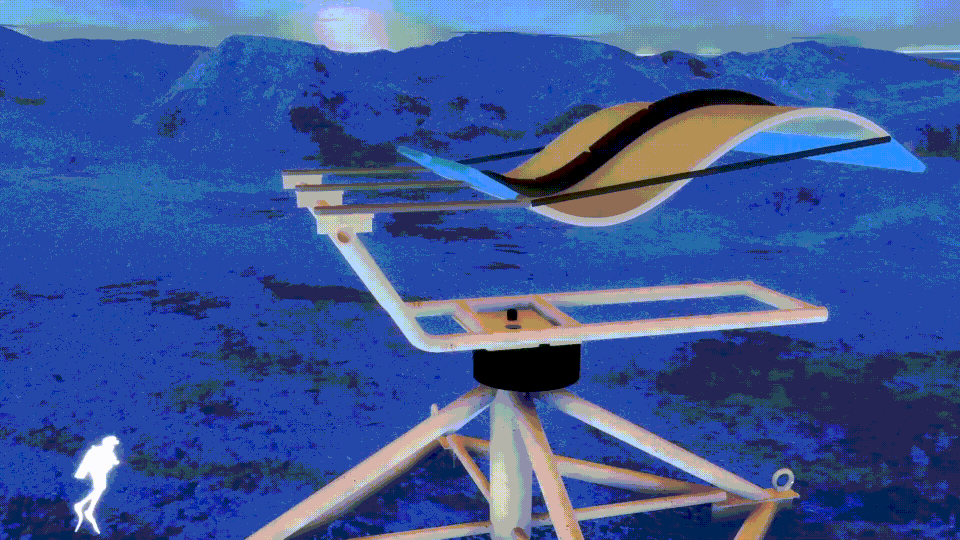Biomimicry: How marine life inspires innovation
Inspired by the Ocean
In this film, we explore the stories of two innovators drawing inspiration from marine life to produce green energy and clean up floating plastic in the ocean.
Far from being isolated examples, these two innovations respond to a growing need to embed sustainability in design and learn from nature to become more efficient in our use of limited resources.
Learning From Nature
Biomimicry is the practice of emulating natural processes in technological and industrial design. In other words, it is taking inspiration from nature to innovate. Examples of biomimicry abound in technology and architecture we know well:
- The Eiffel Tower distributes weight and withstands strong winds thanks to a lattice structure that drew inspiration from the human femur (the thigh bone). In trying to conquer flight, humans have long looked to birds.
- Leonardo da Vinci was studying bird flight in the 15th century, gaining insights that would later contribute to the development of gliders and airplanes.
- Bird aerodynamics also inspired Japan’s Shinkansen, the bullet train, which reaches speeds of 320 km/h (199mp/h) in relative silence and with high energy efficiency.
And as our technology develops, the study of natural processes only becomes more important. Today’s technological solutions not only face the challenge of performing a certain task well, they also need to integrate environmental ramifications into their designs. In this instance, nature is also a good teacher. The study of natural ecosystems can provide valuable insights into how technological designs and production processes can be optimized to care for the environment.
The film above points to two concrete examples of innovators using biomimicry to address timely challenges.
Green Turtle is building a turtle-like robot that can track and clean garbage floating in the ocean, making it an ideal tool to clean harbors. The robot’s designers chose to emulate turtles because these animals can swim statically in place, a skill that is ideal for tracking objects such as floating plastic. Turtles also have rigid bodies, which are easier to replicate in a mechanical structure and are ideal for garbage containing.
Over eight million tons of plastic end up in the ocean every year, acting as pollutants that seriously endanger the health of marine ecosystems. Though reducing new waste is part of the answer, cleaning existing garbage is also necessary.
This student project won the “Innovate for sustainability” competition organized by 3DEXPERIENCE Edu, an initiative that empowers 6 million students every year by giving them access to Dassault Systèmes solutions.
EEL Energy is developing an underwater structure to produce clean energy thanks to marine currents. They have created an undulating membrane that transforms the movement of water into electricty. This design was inspired by the undulating swim of marine animals.
The use of currents to create electricity not only has the advantage of providing a naturally occurring non-carbon source of energy. Marine currents are also predictable in a way that solar or wind power are not.
This project has been supported by the 3DEXPERIENCE LAB of Dassault Systèmes, Open innovation laboratory to nurture and empower disruptive projects.

To know more, please check Dassault Systemes.

